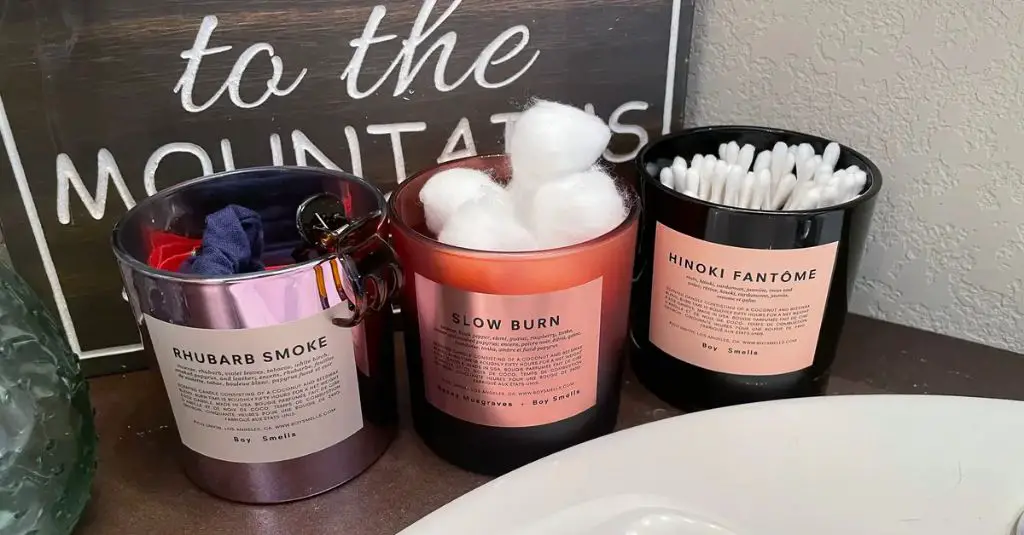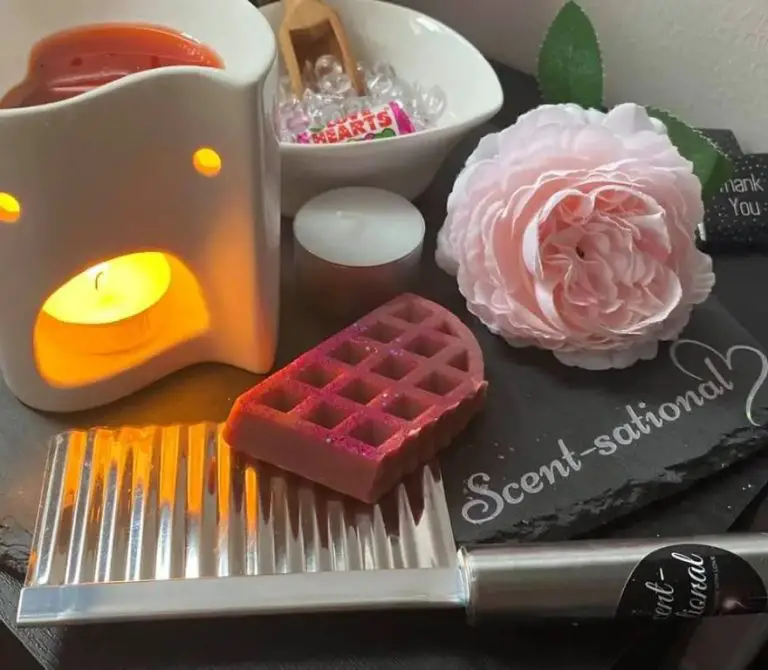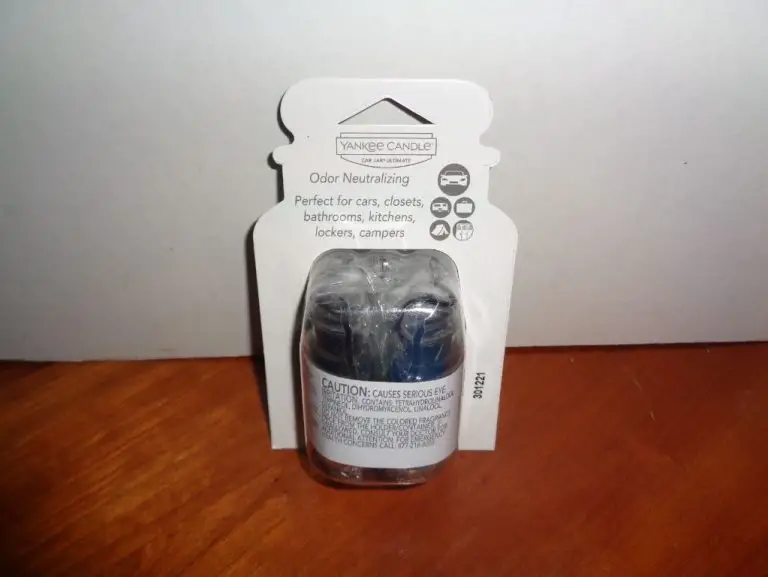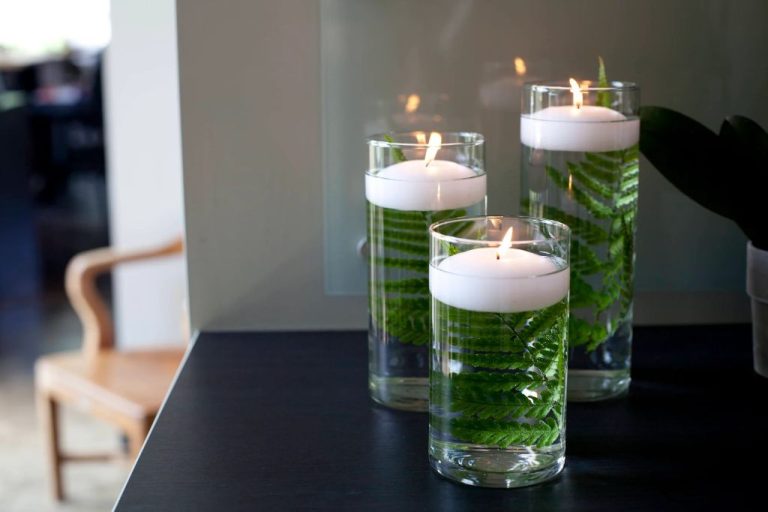Is It Ok To Burn A Candle In Glass?
Burning candles in glass containers has become an increasingly popular practice in recent years. Glass allows people to easily see the candle wax and flame while also containing it safely. The global candle market was estimated at $7.19 billion in 2021 and projected to reach $9.71 billion by 2028, indicating significant growth in demand (source). Much of this demand comes from consumers wanting attractive yet practical ways to experience candlelight. Using glass containers allows people to enjoy the benefits of candles while minimizing risks.
However, questions persist around whether burning candles in glass is actually safe. The high temperatures candles generate create potential for shattering or cracking glass containers. Additionally, the variety of candle waxes, fragrances, and glass types complicate safety considerations. This article will analyze the pros and cons of burning candles in glass, provide recommendations for doing so safely, and suggest alternatives for risk-averse consumers.
Pros of Burning Candles in Glass
Burning candles in glass containers offers several advantages that make it a popular choice for many candle enthusiasts. Here are some of the main pros:
Aesthetically pleasing – Candles burning inside glass jars or containers create a beautiful ambiance, especially when the glass is decorative or colored. The glow of the flame through the glass looks appealing. Glass allows you to fully appreciate the colors and textures of the candle wax as it melts (source).
Convenient and easy – Glass containers are convenient for storing and transporting candles. The glass protects the candle, so it’s easy to move candles around without making a mess. Glass also makes it easy to see how much candle remains. You can burn candles down completely in glass without risking damage to surfaces like you would with containerless candles (source).

Allows you to see the candle burning – When a candle burns inside clear glass, you can see the mesmerizing flame and melting wax. Watching the candle burn adds to the relaxing ambiance. The glass contains the light and allows candlelight to be directed (source).
Cons of Burning Candles in Glass
One of the main risks of burning candles in glass containers is that the glass can get extremely hot and pose a fire hazard. As the candle burns, the glass absorbs heat from the flame and wax pool. Thinner glass and clear glass absorb heat more readily than thicker, colored glass. If the glass gets too hot, it can shatter, spill wax, or even ignite nearby combustible materials like curtains or tablecloths (source).
Another issue is that as the hot wax cools and solidifies, it can potentially crack or shatter the glass container. Candle wax shrinks as it cools and hardens. This shrinking and contracting can put stress on the rigid glass walls and cause fractures or breaks (source). Cracking is more likely with lower quality or thinner glass.
Additionally, the temperature differences between the hot glass and cooler room can lead to thermal shock and cause the glass to explode. Glass is susceptible to cracking or shattering when there is a rapid change in temperature. The hotter the glass gets from the candle flame, the more drastic the temperature change will be when the candle goes out, making explosions more likely.
Types of Glass Safe for Candles
When choosing glass to burn candles in, it’s important to select containers made from thick, sturdy glass that can withstand high temperatures. Thin glass like drinking glasses and vases are not suitable for candles as they can crack from the heat. According to this source, mason jars are a good option as they are designed for pressure canning and can withstand temperatures up to 250°F.
Tempered glass is also a safe choice as it is processed to increase its strength. Tempered glass is commonly used for bakeware and lanterns. Glass specifically marketed for candle making is ideal, as manufacturers test it to ensure it resists cracking under extended exposure to a candle’s flame. Avoid using any glass not explicitly made for high temperatures, like glassware intended for cold beverages. Thick glass designed for canning, baking, or candle making will best withstand a burning candle.
Candle Wax Types to Use
When burning candles in glass containers, it’s important to choose the right wax type for safety. Some waxes are safer than others when used in glass.
Softer waxes like soy wax tend to be safer choices than harder paraffin wax. Soy wax adheres better to glass and is less likely to pull away, reducing the risk of glass cracking from temperature changes. Paraffin wax shrinks more as it cools and can pull away from glass, causing stress fractures over time.
Gel candles are not recommended for glass containers. Gel wax gets very hot and expands significantly, which increases the chances of the glass cracking from pressure. The intensity of gel candles makes glass unsafe in most cases.
Look for candle wax with a proper melting point between 120-170°F when burning in glass. Waxes that get too hot can expand rapidly and cause glass to crack or shatter. Staying within the right melting range keeps the wax from getting dangerously hot inside the glass.
With the right wax choice, burning candles in glass can be safe. But improper waxes heighten the risk of damage to glass containers. Soy, vegetable, and beeswax provide good candle wax options for burning in glass safely.
Safe Practices
There are some key safe practices to follow when burning candles in glass containers to help prevent fires or other hazards:
Trim wicks to the proper height, generally 1⁄4 inch, before lighting to avoid high flames. Long wicks create more soot and faster wax pooling [1].
Allow for airflow around the candle by not clustering multiple jars too close together. This helps dissipate heat [2].
Avoid burning any candle continuously for more than 4 hours at a time, which can cause jar breakage from overheating. Extinguish the flame if the candle becomes low and relight when more wax has pooled [3].
Use a heatproof candle base or plate under glass containers to collect dripping wax. This insulates surfaces from heat damage [1].
What to Do if Glass Breaks
If the glass container holding your candle breaks, it’s important to allow the wax to fully cool and solidify before attempting to handle it. This will prevent hot wax from spilling out and potentially burning you. Once the wax has hardened, carefully remove any remaining glass shards from the wax to avoid cuts.
After removing the glass, the best way to clean the solidified wax is with hot water. Fill a bowl or basin with hot water from your tap and submerge the wax chunk in the water. Allow it to sit for 5-10 minutes, which will soften the wax. Then you can scrape and scrub the wax off the container or surface using a plastic or rubber spatula. Change the water frequently as it cools. Repeat the hot water soaking and scrubbing until all of the wax has been removed.
Be very cautious when handling broken glass and melted wax to avoid injury. With some patience, hot water is an effective and safe way to clean up candle wax from broken glass containers.
Signs Your Glass is Unsafe
There are a few key signs that indicate the glass you are using for a candle is not safe or heat resistant enough:
Sooting: If you notice black smoke or soot gathering on the glass as the candle burns, this is a sign the glass is getting too hot. Soot is a residue left behind from the candle wax burning at high temperatures. It can be a fire hazard if the glass gets too hot. According to this source, sooting is a sign your glass cannot withstand the heat.
Cracking/Crazing: Small cracks in the glass while burning or after blowing out the candle can be an indicator of heat stress. If the cracks continue to spread with repeated use, the glass could eventually shatter from the heat. Crazing is when many tiny interconnected cracks form on the glass surface. Both cracking and crazing mean the glass lacks proper heat resistance.
Wax Turning Opaque or Frosted: If the wax melts and turns cloudy white or frosted looking when burned, this shows the glass is porous and absorbing some of the wax. Porous glass allows the wax to seep in, which can cause adhesions and make the glass prone to breaking. The glass container should resist absorbing any wax for safe candle use.
Alternatives to Glass
If you want to avoid the risks of burning candles in glass containers, there are safer vessel materials to consider:
Metal Tins
Metal tins, like aluminum or steel, are a popular alternative for holding candles. Tins disperse heat well and do not get as hot to the touch as glass. This makes them a safer choice that is less prone to shattering from the candle’s heat. Just be sure any metal container you use is specifically designed to hold candles.
Heat-Resistant Ceramics
Ceramic containers designed for candles are another option, as they can withstand high temperatures from the flame. Look for candles sold in ceramic jars and vessels marketed as heat-safe. Avoid using regular ceramic mugs or bowls not meant for candles.
Specialty Candle Containers
For a unique look, consider a specialty candle holder made from heat-resistant materials like concrete, stone, or silicone. These are designed with candles in mind. You can also find interesting metal candle vessels and lanterns. Just double check the product specs to ensure safety and suitability before burning a candle inside.
Conclusion
In summary, burning candles in glass can be safe if the proper precautions are taken. It’s best to use heat-resistant glass specifically designed for candles, such as borosilicate glass, and choose candles with a wax that melts at a low temperature. Practicing safety measures like keeping the glass away from drafts, not burning the candle for over 4 hours, and trimming wicks can help prevent issues. If the glass does happen to crack or break, immediately stop using it. Safer alternatives are using candles in containers made of metals, ceramics, or sturdy materials that won’t shatter.
The key recommendations are to only use glass designed for candle making, follow the specific candle’s burn time guidelines, frequently check the candle while burning, don’t move the glass when hot, and stop usage if any cracks appear. With proper precautions, it’s generally safe to burn a candle in glass, but being cautious and aware of risks is important.





